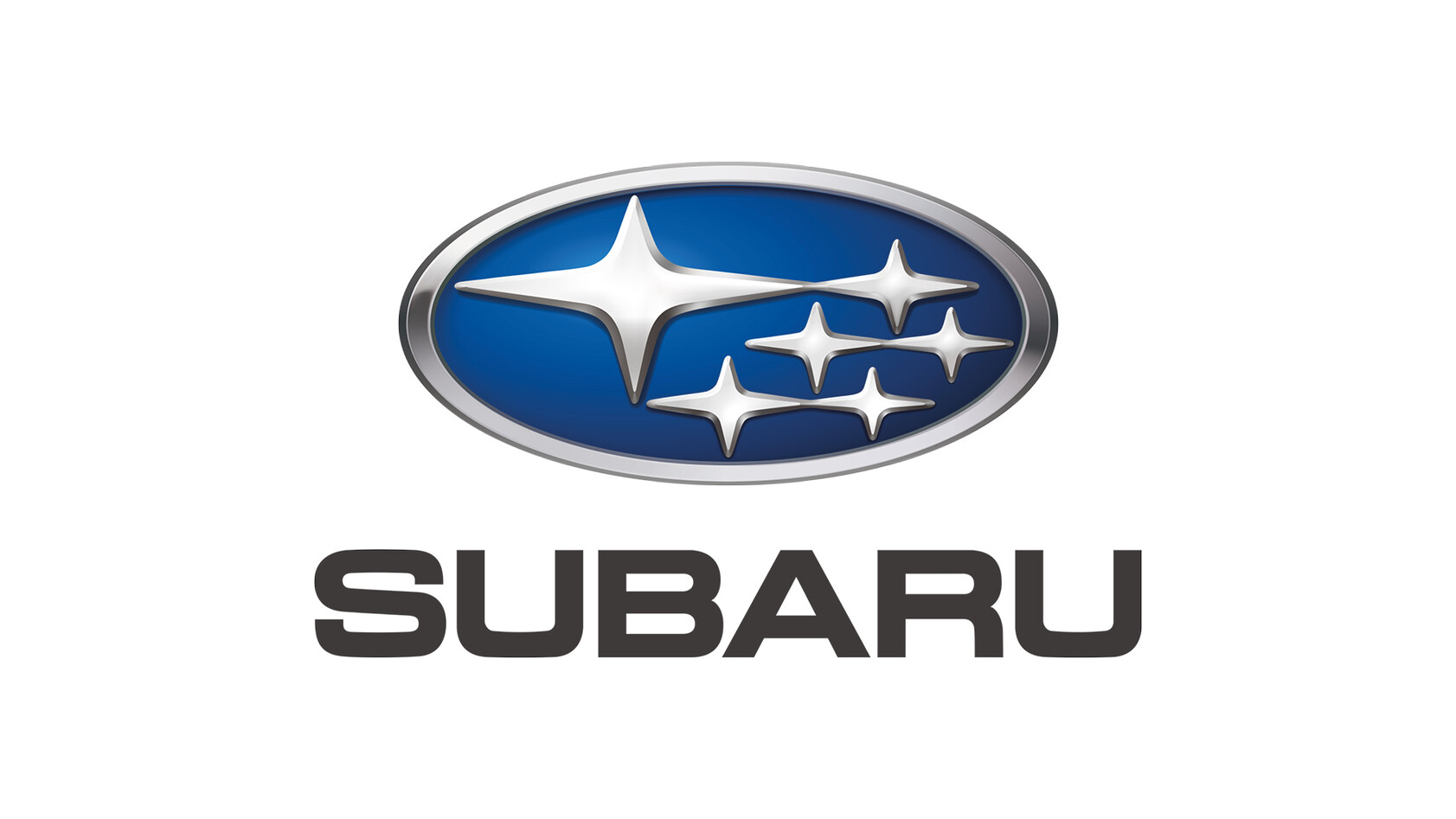
By implementing automation software, SUBARU lowers the barriers for less experienced employees and boosts productivity.
The automobile industry is currently undergoing a “once-in-a-century transformation,” where the shift to electrification inevitably reduces development resources for internal combustion engines, while the complexity of calibration variables in modern vehicles continues to increase. To meet development deadlines, SUBARU had to expand its team, which resulted in an influx of less experienced employees.
This situation presented SUBARU with two significant challenges: limited availability of testing resources led to productivity bottlenecks in development, and the lack of expertise among new employees caused inaccurate test results. Approximately 42% of the workforce have less than three years of experience.
To address these challenges, SUBARU recognized the need to automate the vehicle test-benches using the software tool INCA-FLOW, jointly developed by ETAS and IAV. INCA-FLOW allows for the programming of test sequences in a flowchart format, enabling automated execution of tests with ETAS INCA and ETAS Hardware.
With the automation provided by INCA-FLOW, SUBARU was able to overcome its biggest challenges. Employees reported that the number of parameters to monitor was overwhelming. Additionally, the tests were time-consuming, which made them physically demanding. The tests were also prone to errors, leading to numerous repetitions due to input mistakes, duplications, and omissions of calibration variables.
With the above-mentioned functions, SUBARU was able to achieve significant efficiency gains by using INCA-FLOW. Three key benefits are particularly noteworthy:
First, the automation of test-bench operations and the handling of 16 measurement points resulted in a 26% of time savings for experienced employees and an impressive 45% for new employees.
Second, the use of INCA-FLOW ensured high stability accuracy across all areas, regardless of engine load, matching the level of experienced employees.
Third, in larger test series with longer test durations and more than 252 data points, a total time savings of 49% was achieved, with high data accuracy, making it especially beneficial for development sites focused on mass production.
Overall, SUBARU not only significantly improved the efficiency of their testing processes, but they were also able to decrease the dependency on the expertise of their engineers. New engineers can now perform tests at a level previously attainable only by seasoned professionals. These improvements helped SUBARU to meet development deadlines, conserve resources, and consistently enhance the quality of test results.
For more information visit the INCA-FLOW product page.
This article is based on a presentation at a User Conference in June 2021.